June 6, 2021
Here is the link.
I have to slow down on everything, and take some time to learn Amazon AWS. Cloud solution is the future, if I do not invest time on cloud solution early, then I will miss a lot of learning opportunities down the road.
My notes:
- In this section of the AWS fundamentals tutorial, we will be using the services Route 53, CloudWatch, EC2 and S3, and Elastic Load Balancer to deploy a web application that will store data about customers subscribing to a particular website
- User case:
- Service Route 53 - DNS service etc.
- CloudWatch -
- EC2 - application server or web server
- S3 - storage
- Elastic load balancer
Serving 190 countries with scalable, reliable, low-cost infrastructure, Amazon Web Services (AWS) powers thousands of businesses across the world. Not only that, AWS takes nearly half of the worldwide public cloud share. This AWS fundamentals tutorial article will help you learn everything you need to about AWS and its services.
To put things into perspective, let’s use the Spotify application, for instance: so what would Spotify be without a cloud service provider like AWS. What if Spotify ran out of songs to play? This is one of the four major problems that Spotify would face.
Other problems would be:
- Providing users access to songs from anywhere in the world
- Cataloging the songs that were released and would soon be released
- Managing more than 20,000 songs added every day
The solution to all these problems came in the form of Amazon Web Services! AWS offers large storage capacity, proper utilization of resources, and easy scalability.
Before we begin with AWS fundamentals tutorial, let’s have a look at what we’ll be covering in this article:
- What is AWS?
- How did AWS become so successful?
- The services AWS provides
- The future of AWS
- Use Case - Deploying an AWS application
What Is AWS?
Before we get deeper into understanding and learning about AWS fundamental and more, let us go through what exactly AWS is? Amazon Web Services (AWS) is a highly available, secure cloud services platform that offers more than 100 cloud applications. Providing a pay-as-you-go system removes the requirement for capital to be provided upfront. It helps in controlling, auditing, and managing identity, configuration, and usage.
Several companies around the world use AWS’s services, such as Docker, Kellog’s, NASA, McDonald’s, BMW, Harvard Medical School, and Adobe, to name a few.
Now that you know how much of a broad appeal AWS has around the world, let’s find out what makes AWS so unique.
How Has AWS Become So Successful?
- Security: AWS provides a secure and durable platform that provides end-to-end security and storage.
- Experience: The skills and infrastructure management born from Amazon’s many years of experience can be very valuable.
- Flexibility: It allows users to select the operating systems, language, database, and other services as per their requirements.
- Easy to use: AWS lets you host your applications quickly and securely, regardless of whether it’s an existing or new application.
- Scalable: The applications you use can be scaled up or down, depending on your requirements.
- Cost savings: You only pay for the compute power, storage, and other resources that you use, without any long-term commitments.
- Scheduling: This enables you to start and stop AWS services at predetermined times
- Reliability: AWS takes multiple backups at servers at multiple physical locations
AWS’s success comes from the services it provides, so let’s have a look at some of them.
What Services Does AWS Provide?
AWS services are divided into these domains:
We’re going to have a look at each of these domains and the services within them in this AWS fundamentals tutorial. First, let’s have a look at AWS Compute services.
1. Amazon EC2
EC2 provides compute capacity in the cloud. This capacity is secure and resizable based on the user’s requirements. EC2 can expand or shrink the resources provided, depending on the load the organization is facing.
2. Amazon Elastic Beanstalk
Helps to scale and deploy web applications made with several programming languages like java, python, ruby, and .NET. EBS handles the deployment of the code as soon as it is uploaded.
3. Amazon Lightsail
Enables a virtual private server (VPS) to be launched and managed with ease. It includes everything required by developers who want to start their projects quickly on a virtual machine.
4. Amazon Lambda
It allows you to pay only for compute time. No need for provisioning and managing servers. Lambda executes code only when required, and scales automatically. It can handle a few requests a day, all the way to thousands a second.
Next up in the AWS fundamentals tutorial, let’s have a look at AWS Storage services:
1. Amazon S3:
S3 is an object storage that can store and retrieve data from anywhere: websites, mobile apps, IoT sensors, and so on. It is durable, provides comprehensive security, and flexibility in managing data.
2. Amazon Glacier
Amazon Glacier is a cloud storage service that is used for archiving data and long-term backup. The glacier is used for data archiving and long term backup.
3. Amazon EBS
Amazon Elastic Block Store provides block storage volumes for instances of Amazon EC2. EBS is a reliable storage volume that can be attached to any running instance that is in the same availability zone.
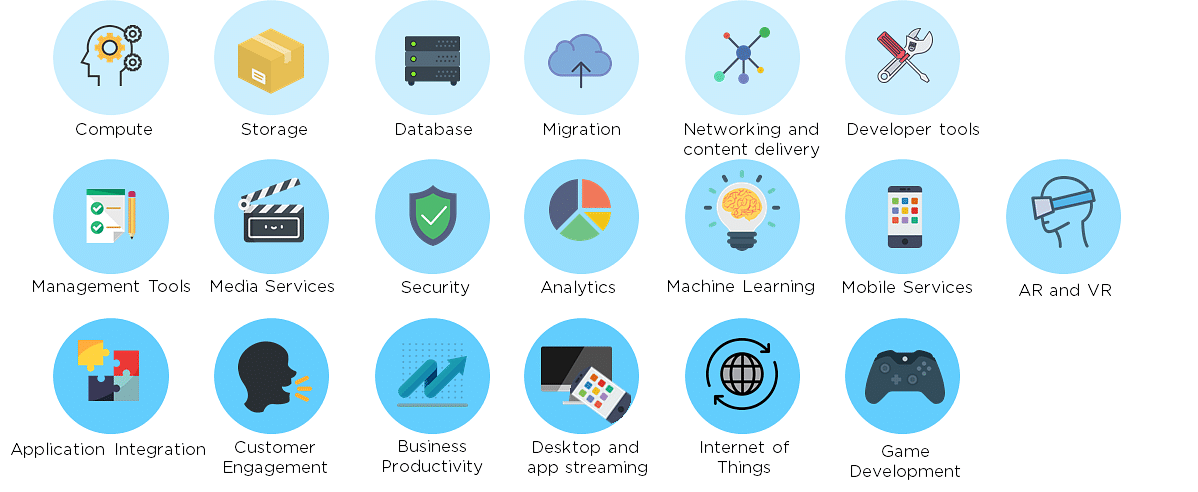
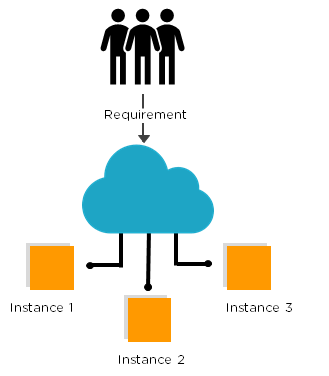
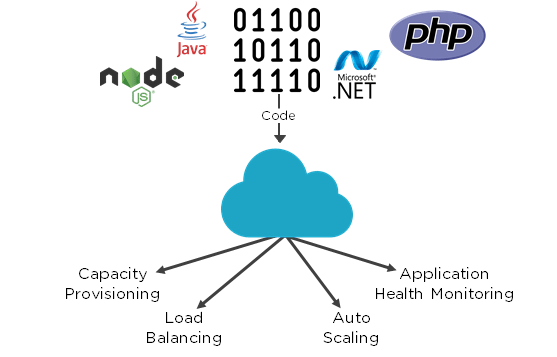
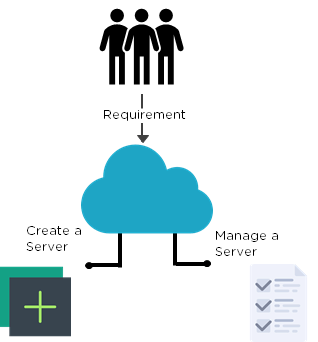
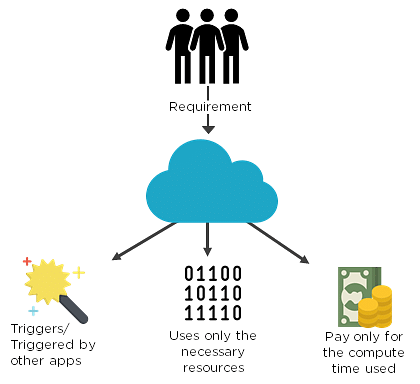
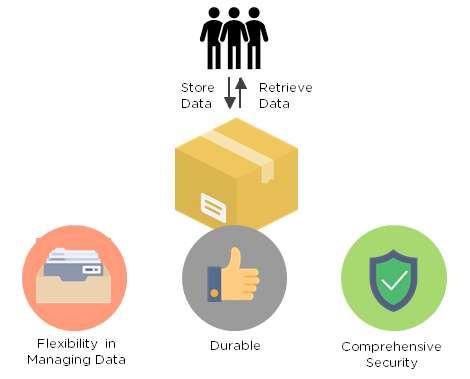
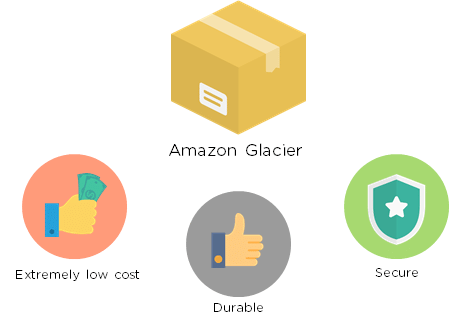
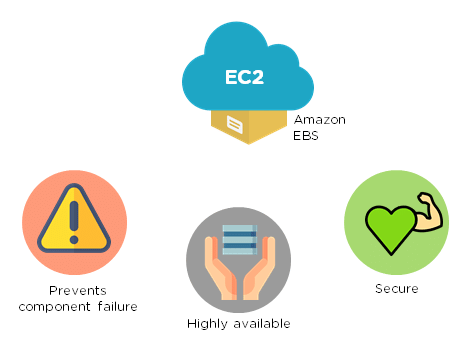
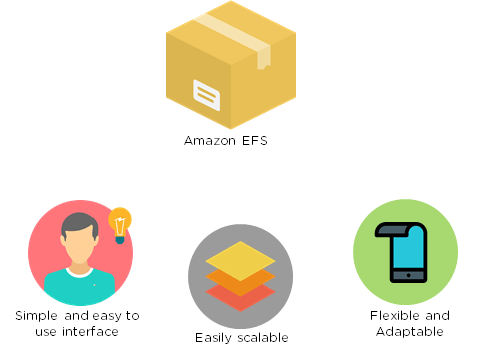
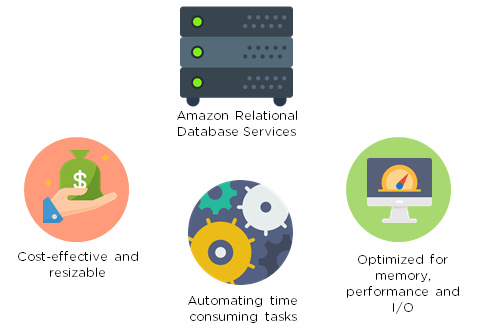
AWS Cloud Consulting Services - Begin by identifying the specific integration requirements between AWS and SAP Marketing Cloud. Determine the purpose of the integration, such as data exchange, hosting infrastructure, or leveraging AWS services within SAP Marketing Cloud. Clearly define the scope and objectives of the integration to guide the setup process.
ReplyDelete